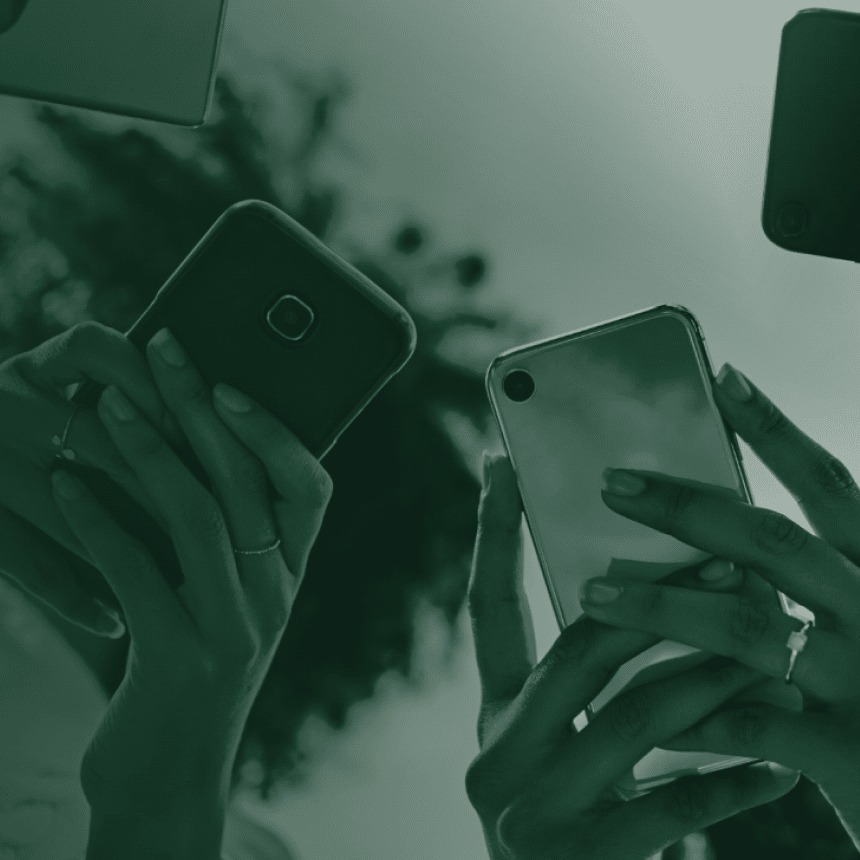With fake news and extremist sites dominating the headlines, protecting your brand is more important than ever. We’re here to help protect your campaigns from unsafe environments in the planning stage, as well as during the campaign.
Here are 12 quick pointers for fast action:
- Go deep. Domain-level protection is not enough. Different web pages on a website have different content topics, with different levels of risk. Make sure you’re getting page-level protection for true coverage.
- Tag it. Make sure your publishers are running JavaScript tags to get the highest level of page URL visibility and brand safety protection.
- It’s not black or white. Don’t rely on just one or two methods to protect your brand. Use a combination of exclusion lists, keywords, and page-level analysis for a comprehensive solution.
- Don’t just set it and forget it. Make sure your exclusion list, keyword list, and parameters are up to date – and review them on a regular basis. As new celebrity scandals, international crises, and other concerns pop up, you’ll likely want to add new keywords to your list.
- Give your programmatic some performance enhancers. Leverage pre-bid targeting in demand-side platforms (DSPs) to ensure your ads appear on safe environments. With pre-bid targeting segments, you can target away from risky content.
- Block on. Sometimes planning and pre-set parameters aren’t enough. Add blocking to your brand safety solution, so your ads are prevented – in-real time – from serving near risky content. You’ll just need to use third-party creative ad servers to block in real-time.
- Present a united front. Using both pre-bid and real-time brand safety blocking provides a stronger safeguard.
- Quoi? Global brands need global protection. When assessing brand safety partners, make sure their solutions have multi-language capabilities – and can handle unique challenges that arise in multi-language keywords.
- It’s all relative. “Risk” means different things to different brands – and may change on a campaign basis. Defining and customizing your risk thresholds is key.
- Know your partner. Agencies are very familiar with their brand safety partners and their capabilities, and so should brands. More knowledge will give you more peace of mind.
- Get everyone on the same page. Connect your publishers with your brand safety partner before the campaign launches, to ensure ongoing cooperative optimizations.
- Don’t forget about fraud. To really protect your brand – and your advertising spend – you must avoid fraudulent traffic. Make sure you’re blocking for both brand safety and ad fraud.
Brand safety isn’t a solved problem – video, in-app, social media, and location-based brand safety are new frontiers being explored. New threats can pop up unexpectedly, and some may blur the line of what’s considered unsafe for brands (for more on fake news, check out this blog post).
But there’s a lot you can do to more proactively protect your brand, and campaigns. Across devices, and across the globe. Learn more about how our solutions can help protect your brand today.
 Share on LinkedIn
Share on LinkedIn Share on X
Share on X

